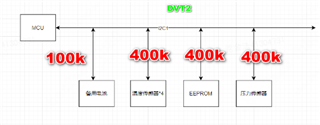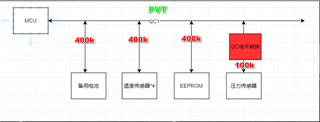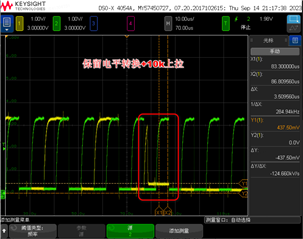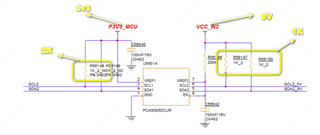Other Parts Discussed in Thread: TCA9617B
1、The I2C topology is as follows: The rate of accessing the battery is 100k, the rate of other devices is 400k, and there is no problem in I2C communication


2、In the following I2C topology, PCA9306 is added. The input pull-up resistance of PCA9306 is 2k, the power supply is 3V3, the output is 1k pull-up, and the power supply is 5v. When I2C uses 100k to access the battery, the ACK cannot be pulled down,However, when other I2C devices access over 400k rates, there is no problem


3、When the pull-up resistance of the output is adjusted from 1k to 10k, the ACK of I2C can be lowered


Can you explain why?


